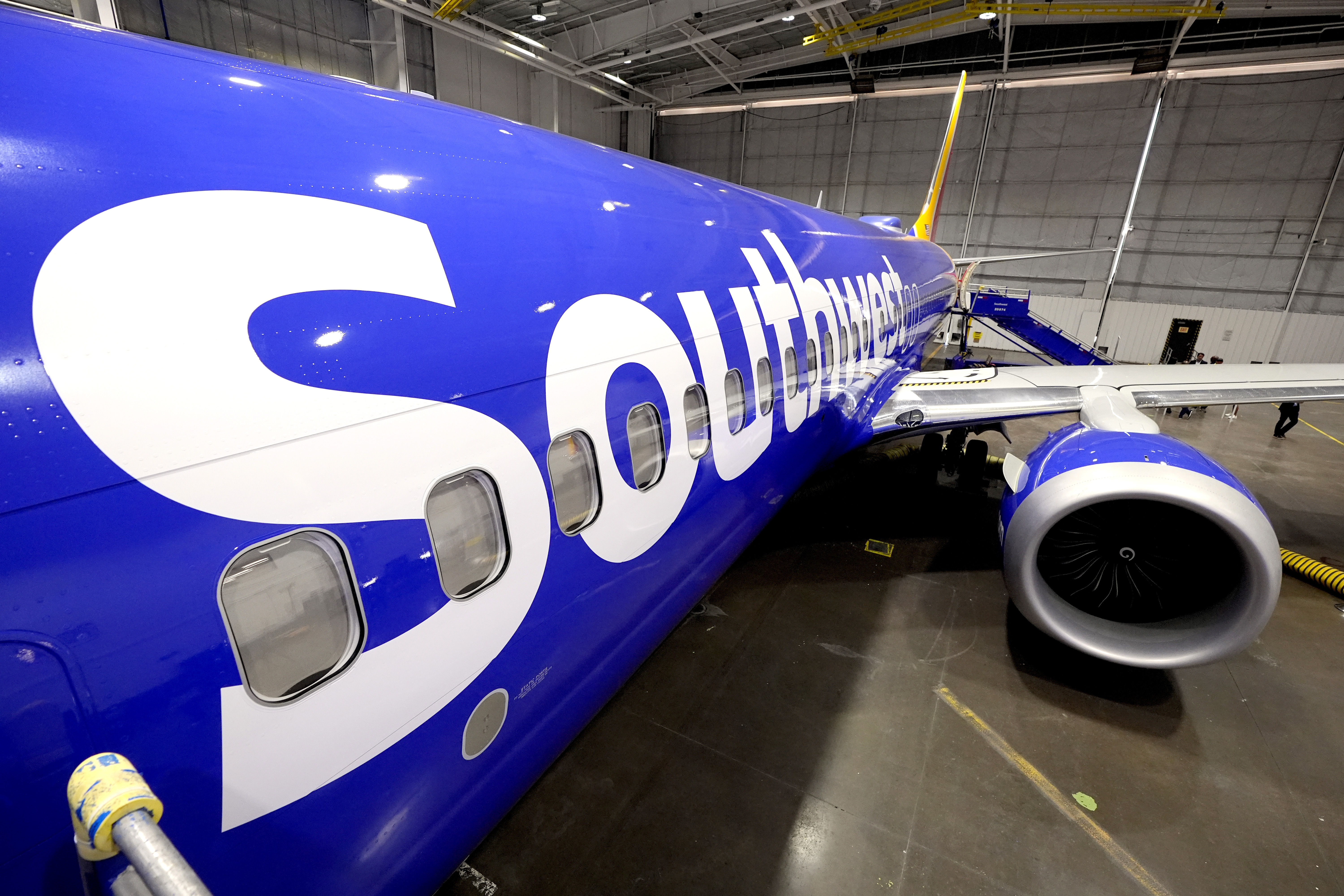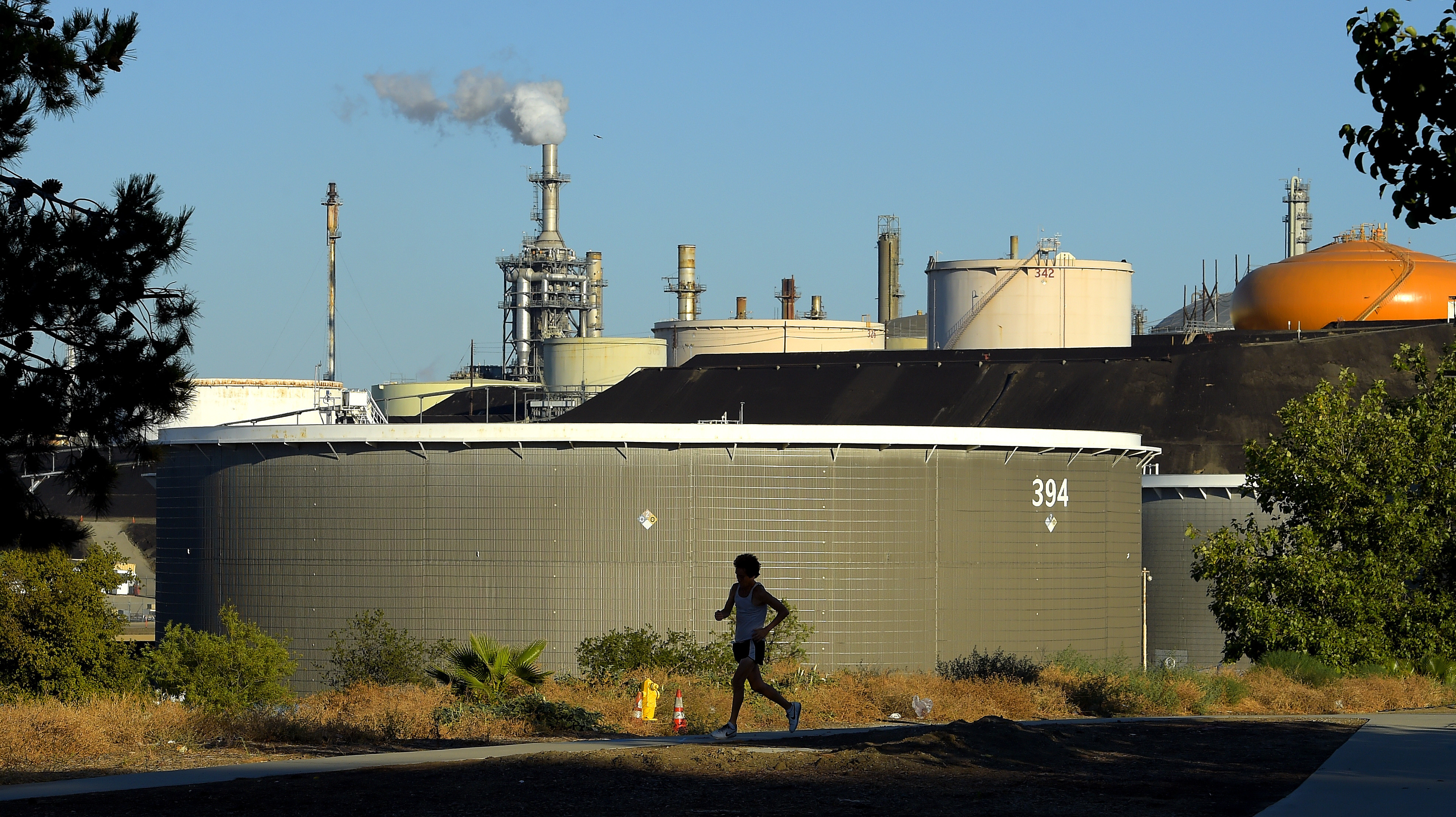HAMPTON, Va. (WAVY) — At NASA Langley’s Measurement Systems Laboratory, they are using lasers, and also cameras, to help lunar landers land on the surface of the moon.
“There’s a laser inside the box,” said Navigation Doppler Lidar (NDL) principal investigator Farzin Amzajerdian. “That laser beam is divided into three different beams. It then comes through these fiber optics to each of these three lenses.”
This is part of the Navigation Doppler Lidar going up on a mission launching to the moon Jan. 8 and another spacecraft launching in February. This lidar sends out a beam of light to help determine the spacecraft’s speed and altitude as it approaches the moon’s surface with precision down to the centimeter.
A big advantage of the Navigation Doppler Lidar is its size, specifically, how small this is. A smaller device to precisely land a spacecraft on the moon is also a lighter spacecraft.
It will also help in future missions sent to the Lunar South Pole, where ice is believed to be present.
“That terrain is very rough, it’s dark,” Amzajerdian said. “There are a lot of mountains and craters and the valleys. There are very few small patches of land, limited in size, that are flat enough for that. So we have to get to those places very precisely.”
Landing a spacecraft on the moon is also a messy job.
Large plumes of dust and rocks blast outward. This is where the Stereo Camera for Lunar Plume-Surface Studies, or SCALPSS for short, is coming along for a future lunar mission. It uses an array of cameras to study what happens during a lunar landing.
“The reason that we want to collect these images is so that we can reconstruct a three-dimensional shape of the topology of the ground, both before and after it’s been eroded by the plume or plumes of the rocket,” said Olivia Tyrrell of the SCALPSS photogrammetry team.
The ejected regolith, or lunar dirt, is very sharp and abrasive and NASA is studying this because it can cause problems for nearby spacecraft and for our planned future lunar base.
Both of these technologies will be launched on a future mission to the moon in the weeks ahead from Cape Canaveral, Florida, all part of NASA’s goal to better land people and payloads on the moon.
























